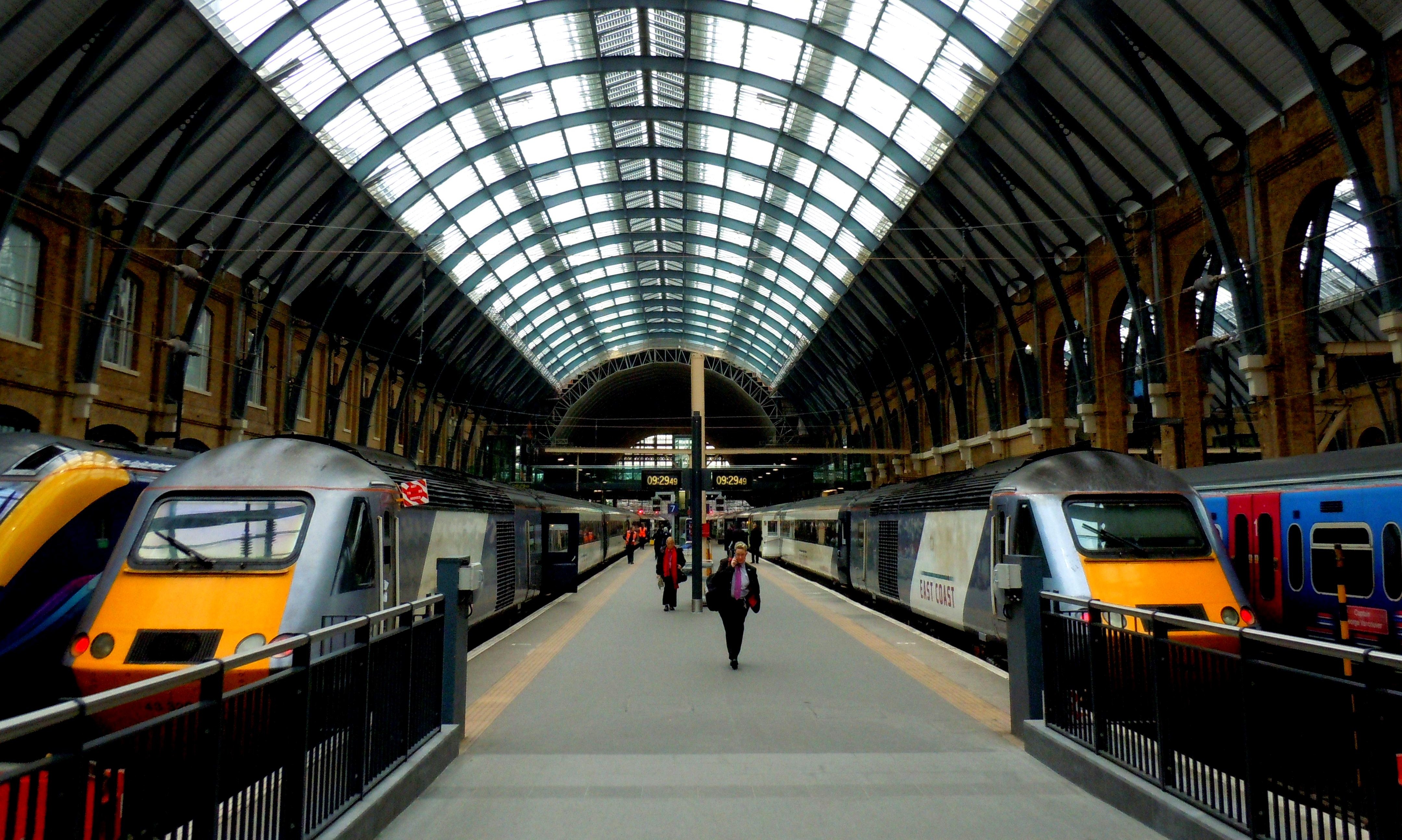27 September 2018
The Great Train Crash
Lessons for us all
By John Watson
 As the nights draw in and winter approaches, we all need something good to read in front of the fire. What is it to be? A bodice ripper, a detective story, a thriller? Or perhaps your tastes are more serious than that and you are hoping for something informative. What then? A history, a political biography, or even a philosophical or scientific work? Actually, you could do worse than to have a look at the Interim report published by the independent inquiry set up by the Office of Road and Rail into the chaos which followed the introduction of a new timetable for the railways on 20 May 2018.
As the nights draw in and winter approaches, we all need something good to read in front of the fire. What is it to be? A bodice ripper, a detective story, a thriller? Or perhaps your tastes are more serious than that and you are hoping for something informative. What then? A history, a political biography, or even a philosophical or scientific work? Actually, you could do worse than to have a look at the Interim report published by the independent inquiry set up by the Office of Road and Rail into the chaos which followed the introduction of a new timetable for the railways on 20 May 2018.
No, no, this is not just for train spotters or for those who secretly read Thomas the Tank Engine under the covers as a relaxation from the stresses of their careers. The message is not just about railways. It is about the general interconnectedness of things and the way in which that can cause chaos when systems change. New computer systems at banks prevent customers from withdrawing money. The introduction of the Universal Credit leaves claimants without cash. Bringing new aircraft carriers into service… I have no idea what the unexpected issues are here, but no doubt we will discover in due course.
Still, back to railways for moment. Readers will already be aware that the introduction of new rail timetables on 20 May 2018 resulted in a meltdown of services provided by the Govia Thameslink and Northern franchisees. The origins of the disaster can be found in problems which fed into the timetabling, but those problems are different. In the North West the timetable was based on the completion of a project being carried out by Network Rail to electrify and upgrade tracks near Bolton. If that had gone ahead as expected the line would have been ready for electric trains to run in accordance with the new timetable. Unfortunately it didn’t. There was sandy ground. There were uncharted mine works. The project got behind. In the end, an attempt was made to catch up by closing the line over Christmas 2017, so that intensive work could be carried on. It was not enough. The electrification project was put off until after the timetable change, which meant that the new timetable, which had been designed for electric trains, had to be operated using diesels. That meant the drivers needed to be retrained and not enough of them were available, nor indeed was there enough rolling stock when the timetable came into force. The franchisee, Northern, had to struggle with the consequences of Network Rail’s electrification failure, but contributed to the confusion by reporting on 9 May that it expected to run a full service.
Meanwhile, down at Thameslink, the development of the infrastructure had gone well. Farringdon and Blackfriars had been remodelled to time and on budget. So too had London Bridge. The central London tunnels had been opened only one week late – a period immaterial to the timetable project. The trouble here seems to be in the timetabling itself, where it was decided in the summer of 2017 to reduce the number of trains to 18 per hour, two below previous expectations. The idea of that was to increase resilience and reliability, but meeting passenger needs with fewer trains required a comprehensive rewriting of timetables. Neither Govia Thameslink Railway nor the Network Rail System Operator business unit, which is responsible for the timetables, appreciated how difficult that would be or that the approval given by the Secretary of State on 31 October 2017 was too close to the implementation date to allow the necessary changes take place. Anyway, from then on, the story became one of hard work against an approaching deadline, inadequate planning and overoptimism.
Once the new timetable had hit the buffers, the story became one of desperate attempts at mitigation against a confused background (it does not help much to put on extra trains if the information systems are not capable of delivering the news to the travelling public). Trains were cancelled and withdrawn. Some services failed completely. Staff trying to help were overwhelmed. The public were very seriously inconvenienced.
So what are we, the public, to make of it all? Is it an argument in favour of rail re-nationalisation?
There is no real evidence for this. National Rail, the body in the best place to have seen what was going on, is government-owned and although there were different boards and entities involved, so there would inevitably have been had the franchisees been owned by the State. Does it then point the other way? Would National Rail have made a better job of it if the whole thing had been in the hands of the private sector? Again, why would it? The private sector has had its own share of disasters – ask those who were in banking in 2007.
The truth of it is that the causes of this sort of disaster were essentially human. People will remain optimistic when faced by the possibility of disaster – often the right thing to do because their optimism and hard work can lead to the disaster being averted. We’ve all seen examples of that in our own lives – and those who manage to turn the situation by their industry and courage are rightly looked up to. But it doesn’t always work, and you need the person (and I mean person not people) leading a big project of this sort to be able to see through the optimism and keep the appraisal realistic. He or she needs to be prepared to step into the middle and take responsibility. Here the most damning three words appear in the foreword to the report. “Nobody took charge.”
Those who have seen David Haig’s excellent play Pressure will recall the scene when Eisenhower postpones the D-Day landings, perhaps indefinitely, because of conflicting weather forecasts. It is a picture of a man who sees clearly and cuts through optimism. That is the approach which was needed at the Department for Transport and Network Rail as the date for the timetable changes approached. It is the approach needed from those who run similar projects.
Unfortunately, Eisenhower is no longer available, but it will be interesting to see what recommendations the inquiry comes up with when part two of their report is published later this year. At that stage all of us, whether we are in railways, commerce, manufacturing or government, or are merely commentators, should take the opportunity to think about how the risks implicit in big projects in the industries we are concerned with can be contained.


